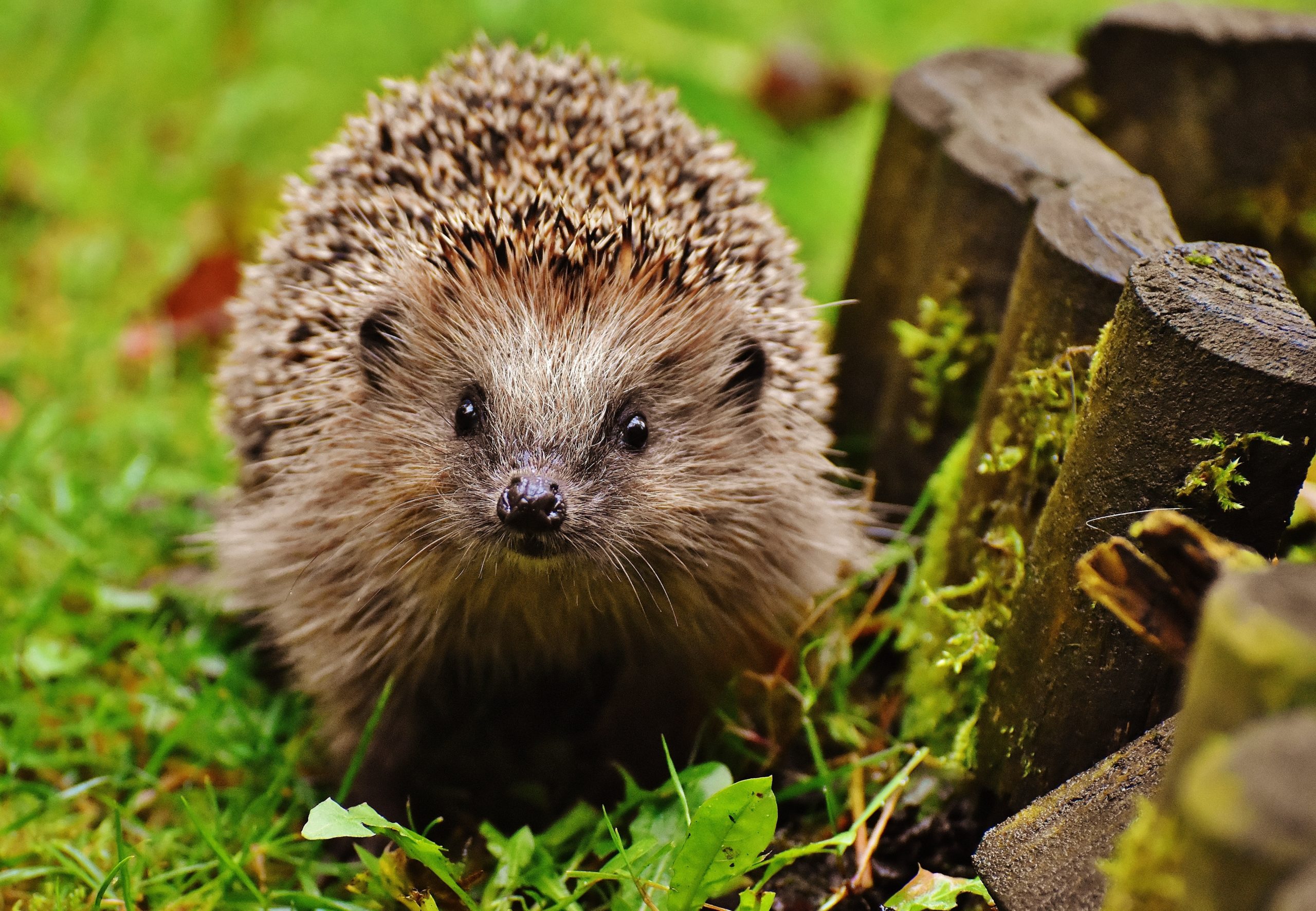
In a significant advancement for wildlife conservation, a team of researchers led by the University of Oxford has developed a new test to evaluate the safety of robotic lawnmowers for hedgehogs. This initiative could lead to a certification scheme for ‘hedgehog-friendly’ mowers, offering hope for the protection of these beloved mammals.
The popularity of robotic lawnmowers has raised concerns regarding their potential threat to hedgehogs, especially at night when these creatures are most active. Many hedgehog rehabilitation centres have reported a rise in injuries caused by these machines.
Dr Sophie Lund Rasmussen, the lead researcher from the University of Oxford, also known as ‘Dr Hedgehog’, highlighted the urgency of the situation: “There is an urgent need to identify and phase out models of robotic lawnmowers that pose a threat to hedgehogs. Our new standardised safety test will greatly aid hedgehog conservation, by enabling manufacturers of robotic lawnmowers to ensure their models are ‘hedgehog friendly’ before they are put on the market.”
Dr Rasmussen was inspired to develop the test after conducting collision tests between robotic lawnmowers and deceased hedgehogs. “All the robotic lawn mowers I tested had to physically touch the hedgehog in order to detect it, and some did not even detect the dead hedgehog,” she explained. In severe cases, the lawnmower would run over the hedgehog with blades running, causing extensive damage.
New safety test
The new safety test employs specially designed hedgehog ‘crash test dummies’ to determine whether a robotic lawnmower could avoid a real hedgehog and the extent of damage in a collision. To ensure realism, the researchers collaborated with a hedgehog rehabilitation centre in Denmark to observe how live hedgehogs react to robotic lawnmowers.
Dr Rasmussen noted the varied responses of hedgehogs to the lawnmowers. “Each hedgehog was tested twice and, interestingly, they tended to act more shyly on their second encounter. This is hugely important, since it suggests that hedgehogs may learn from their first encounter with a robotic lawnmower. Potentially, if a hedgehog survives its first encounter with a robotic lawnmower, it is less likely to be injured in the future because this may cause it to avoid them.”
The crash test dummy, designed based on the initial collision tests and made from a soft rubbery plastic, closely mimics the body composition of a real hedgehog. The researchers plan to make the crash test dummy design publicly available for 3D printing, enabling robotic lawn mower companies to use it in developing hedgehog-friendly models.
Dr Rasmussen added: “A key first step is to improve the sensors, so that they detect the hedgehogs and avoid them. Developing additional technologies such as camera recognition could eventually allow the robotic lawn mowers to detect hedgehogs at a distance and change direction before they get close.”
Dr Stephan Meyer, R&D manager at STIHL, one of the industry partners supporting Dr Rasmussen’s research, commented on the significance of these findings. “STIHL highly values the effect of these findings on the development of robotic lawn mowers, and we are using the learnings from this interactive project to improve the situation for people and animals.”
A spokesperson from Husqvarna also expressed their commitment to safety. “At Husqvarna, we have a 30-year-old history in robotic lawn mowing and safety has always been our top priority. We were early to introduce the light-weight pivoting blades, which research has proven to be more ‘hedgehog-friendly’.”
Dr Anne Berger from the Leibniz Institute for Zoo and Wildlife Research, who co-authored the study, emphasized the impact of lawnmower injuries on hedgehogs. “Cut injuries from robotic lawnmowers are placing an enormous burden on many hedgehog care centres.”
Fay Vass, Chief Executive at the British Hedgehog Preservation Society, also shared her thoughts on the research. “We are pleased to have been involved in funding this important piece of research. The population decline of hedgehogs is alarming and unsustainable so it is crucial to find out which potential dangers are actually causing problems, and which are not. We can then focus our efforts on issues that are impacting on hedgehog numbers to help minimise the threats against them. Hopefully, the results of this work will stop or drastically reduce the risk of robotic lawnmowers causing harm to hedgehogs.”
The development of ‘hedgehog-friendly’ lawnmower models is seen as a crucial step in reducing animal suffering and aiding the survival of this iconic species. Until such models become widespread, robotic lawnmower owners are advised to check for hedgehogs on their lawns before use and to operate these machines during daylight hours to minimise risk to nocturnal hedgehogs.
This research represents a vital intersection of technological innovation and wildlife conservation, highlighting the importance of considering the impact of modern machinery on the natural world. The potential integration of these safety standards into European lawnmower certification protocols could herald a new era in hedgehog conservation.
Photo by Alexas_Fotos on Unsplash

